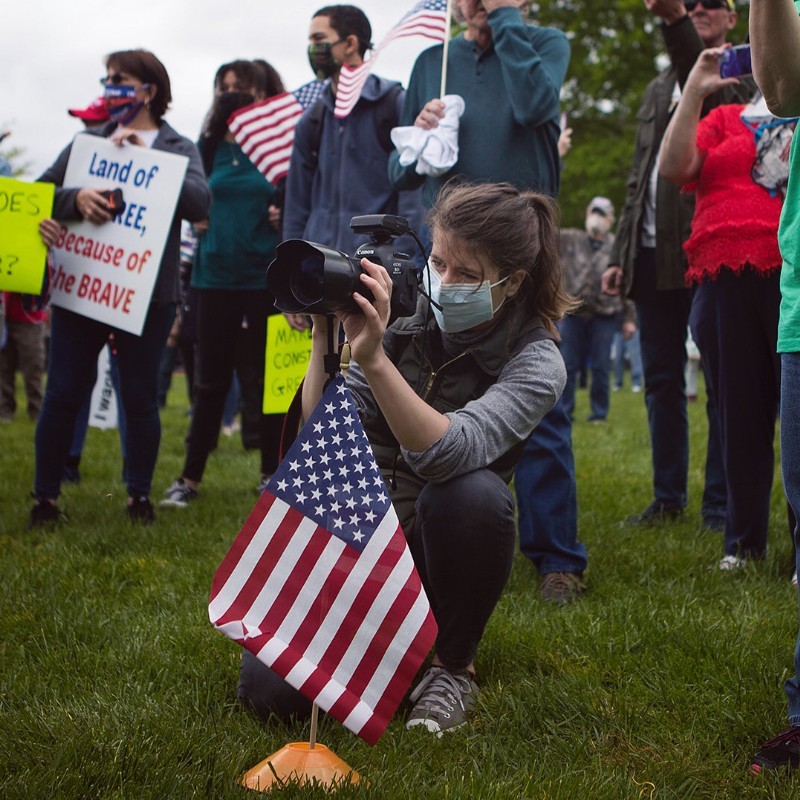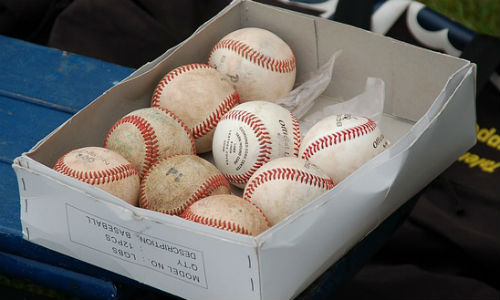As spring training swings into high gear, business reporters should look into baseball tourism. From youth travel teams to the majors, the game can have a significant impact on local economies. In some regions, baseball is responsible for an increase in spending rivaling even holiday sales. Here are three possible story angles to pursue this season.
Spring training
Spring training is an important economic driver in Arizona and Florida, home to the Cactus and Grapefruit Leagues. Competition among towns wishing to host teams for spring training can be intense, including public spending on stadiums and upkeep, as well as tax breaks for the teams. National magazine Governing wrote an expansive story in 2011 showing the potential downside of using public money to lure teams, and casting doubt on the riches spring baseball is said to bring in. The story, ready for an update, has a great local angle. Since spring training is such a short season, it is relatively easy to check the accuracy of official claims of tourism gains. Figures can be inaccurate or include money that doesn’t stay in the community.
Reporter’s Tip: If you have a spring training team in your area, look at what the local government is spending to keep it there. Check claims of tourism increases against measurable factors including hotel occupancy rates, increases in restaurant sales and monthly visitor numbers, available from Convention and Visitor Bureaus. Make sure to look into off-season stadium use: Sometimes a city can bring in extra money by hosting college tournaments or minor league games.
Youth baseball
Youth sports have been touted as a “recession-proof” tourism driver and as the fastest growing type of sports tourism. Travel teams and ever-expanding tournaments have parents traveling long distances to support their kids. This means more spending on gas, hotels and restaurants. The Amateur Athletic Union (AAU) is one of the biggest youth travel leagues, hosting 133 tournaments across the U.S in 2017. Some of the most popular tournament locations are California, North Carolina and Florida. Critics contend that travel teams are putting local baseball out of business and charging hefty fees for kids who want to compete at this “higher” level. However you slice it, more travel means more tourism spending. If your city hosts youth tournaments or travel teams, it could impact the local economy.
Reporter’s Tip: If there is a travel team or youth sports tournament in your town, examine the economic impact using attendance numbers and average spending estimates.
New vs. old stadiums
Baseball fans want more than just a good game: The history and legacy of the sport are what gives baseball vacations gravitas. Fenway Park and Wrigley Field are among the top destinations for history buffs with a passion for baseball. There are also over 40 baseball museums across the U.S., as well as a wealth of lesser-known historic stadiums that draw tourists each year. These vacations, like those offered by Big League Tours, sell the whole baseball experience, from stadium tour to inside access to the game itself. While old stadiums have iconic appeal, new state-of-the-art facilities attract with bells and whistles.
Reporter’s Tip: Find out how stadium tours and other experience-based baseball businesses are faring in your city. If your city has recently replaced an older stadium with an new facility, look into whether visits have risen or fallen. You can also compare your local numbers to those of cities with similar facilities, to show if the investment is paying off.











